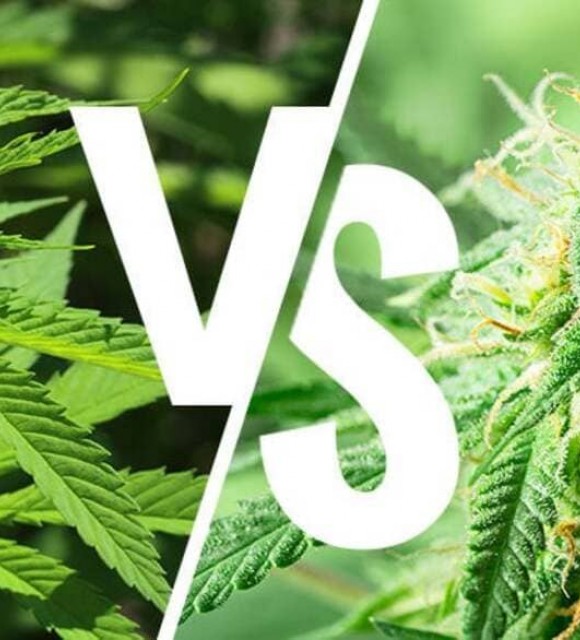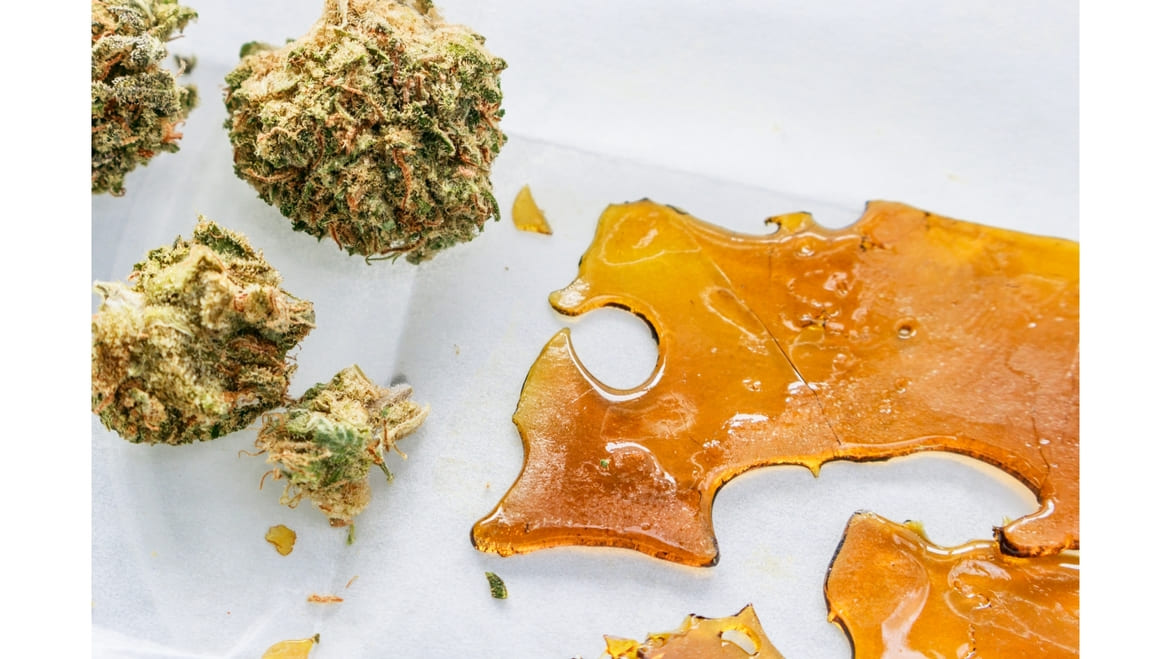Whether you're an experienced cannabis user or new to this complex and exciting world, the terms "Indica" and "Sativa" are probably no strangers to you. These two varieties of cannabis are commonly used to describe the characteristics and effects of different strains, but what really distinguishes Indica from Sativa?
Let's dive into this article together to demystify these terms and understand what they really mean.



